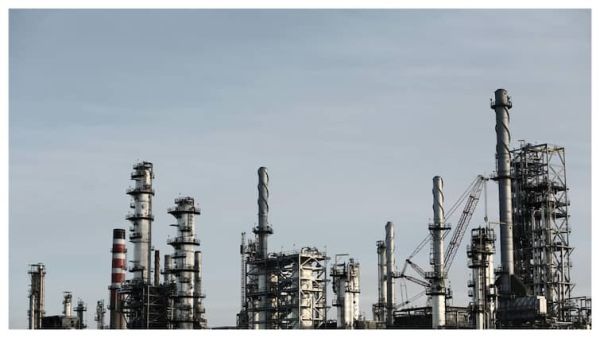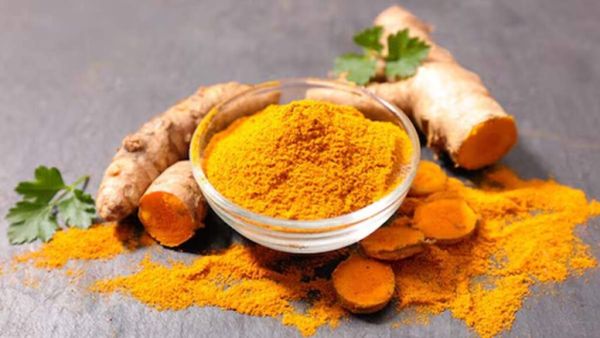
The European Union on Friday imposed sanctions on the Indian oil refinery of Russian energy giant Rosneft and lowered the oil price cap, as part of a new raft of measures against Russia over its war in Ukraine.
The fresh sanctions package on Russia included new banking restrictions, and curbs on fuels made from Russian crude oil.
The lowered oil price cap - currently set at USD 60 per barrel - means Russia will be forced to sell its crude at reduced rates to buyers like India. As the second-largest purchaser of Russian oil, India stands to benefit from this move. Russian crude currently accounts for nearly 40 per cent of India's total oil imports.
For the first time, we're designating a flag registry and the biggest Rosneft refinery in India, EU foreign policy chief Kaja Kallas said in a post on X.
Rosneft owns 49.13 per cent stake in Nayara Energy Ltd, formerly Essar Oil Ltd. Nayara owns and operates a 20 million tonne a year oil refinery at Vadinar in Gujarat as also over 6,750 petrol pumps.
An investment consortium SPV, Kesani Enterprises Company holds 49.13 per cent stake in Nayara. Kesani is owned by Russia's United Capital Partners (UCP) and Hara Capial Sarl, a wholly-owned subsidiary of Mareterra Group Holding (formerly Genera Group Holding S.p.A.).
EU sanctions means Nayara cannot export fuel such as petrol and diesel to European countries.
We are standing firm. The EU just approved one of its strongest sanctions package against Russia to date, Kallas said. We're cutting the Kremlin's war budget further, going after 105 more shadow fleet ships, their enablers, and limiting Russian banks' access to funding. Among the sanctions announced were ban on Nord Stream pipelines, and a lower cap on price at which Russian can export oil.
In December 2022, the Group of Seven (G7) nations imposed a USD 60 a barrel price cap on Russian oil sold to third countries. Under this mechanism, Western insurance and shipping services could only be used if the oil was sold at or below the capped price. The goal was to restrict Russia’s oil revenues while maintaining stability in global energy supplies. However, the cap faced criticism for being largely ineffective in achieving its intended impact.
The European Union and Britain had been pushing to lower the price cap after a fall in global oil prices made the current USD 60 cap nearly irrelevant.
While Kallas did not specify the new price cap, reports suggest it will initially be set between USD 45 and USD 50, with automatic revisions at least twice a year based on market conditions.
While the lower price cap stands to benefit importing countries like India, continued purchases may be at risk if the US follows through on its threat of sanctions. Earlier this week, President Donald Trump warned that nations buying Russian exports could face sanctions or steep tariffs if Moscow does not reach a peace agreement with Ukraine within 50 days.
Russia typically supplies crude oil to India on a delivered basis - handling both shipping and insurance for the cargo and vessels. Under the price cap mechanism, Russia kept the official invoice price of crude below USD 60 per barrel to comply with sanctions, but charged higher rates for transportation services. This practice has allowed it to effectively realize prices closer to market rates despite the cap.
The oil price cap was widely viewed as ineffective, as much of Russia’s crude was being transported via a 'shadow fleet'—vessels operating outside the control of G7-based shipping services. A significant portion of Russia’s seaborne oil exports was reportedly carried by tankers that were not flagged, owned, or operated by companies based in the G7, EU, Australia, Switzerland, or Norway, and were not insured by Western protection and indemnity clubs.
The oil price cap was also widely viewed as ineffective, as much of Russia's crude was being transported via a 'shadow fleet' - vessels operating outside the control of G7-based shipping services. A significant portion of Russia's seaborne oil exports was reportedly carried by tankers that were not flagged, owned, or operated by companies based in the G7, EU, Australia, Switzerland, or Norway, and were not insured by Western protection and indemnity clubs.
Russia's shadow tanker fleet expanded as the steep discounts on its crude oil narrowed - from record levels of around USD 40 per barrel below Dated Brent in 2022, following the invasion of Ukraine, to just USD 3–4 per barrel currently.
We are putting more pressure on Russia’s military industry, Chinese banks that enable sanctions evasion, and blocking tech exports used in drones," Kallas said. "Our sanctions also hit those indoctrinating Ukrainian children. We will keep raising the costs, so stopping the aggression becomes the only path forward for Moscow." Europe imports fuels like diesel and petrol from India. Indian refiners typically buy large amounts of Russian crude, which is refined to fuels like petrol and diesel and exported to EU.
Oil income is the linchpin of Russias economy , allowing President Vladimir Putin to pour money into the armed forces without worsening inflation for everyday people and avoiding a currency collapse.
Other measures adopted by EU include sanctions on dozens more vessels in Russia's shadow fleet of oil tankers, bringing the total above 400, as well as on several entities and traders that work with the covert fleet. Besides more goods have been added to existing export lists of restricted items used by Moscow's war machine while sanctions have been imposed on several entities, including in China and elsewhere, that are seen to aid Russia skirt the bloc's trade and energy restrictions.
Also targeted was the Nord Stream pipelines between Russia and Germany to prevent Moscow from generating any revenue from them in future. The pipelines were built to carry Russian natural gas to Germany but are not in operation.
The sanctions also targeted Russia's banking sector, with the aim of limiting the Kremlin's ability to raise funds or carry out financial transactions. Two Chinese banks were added to the list.
(This report has been published as part of the auto-generated syndicate wire feed. Apart from the headline, no editing has been done in the copy by ABP Live.)




